Optimal Timing for Grape Vine Pruning
Grape vine prunings are typically performed during the dormant season, which generally occurs in late winter to early spring. Pruning during this period allows for better wound healing and encourages healthy growth for the upcoming season. Proper timing can influence fruit quality, yield, and vine longevity, making it a critical aspect of vineyard management.
Late winter, before bud break, is considered the ideal time for grape vine pruning to maximize vine health and fruit production.
Pruning too early or too late can lead to poor wound healing, increased disease risk, or reduced fruit yield.
Regions with milder winters may allow for a broader pruning window, while colder climates require precise timing to prevent frost damage.
Older vines and certain grape varieties may have specific pruning schedules to optimize their productivity.
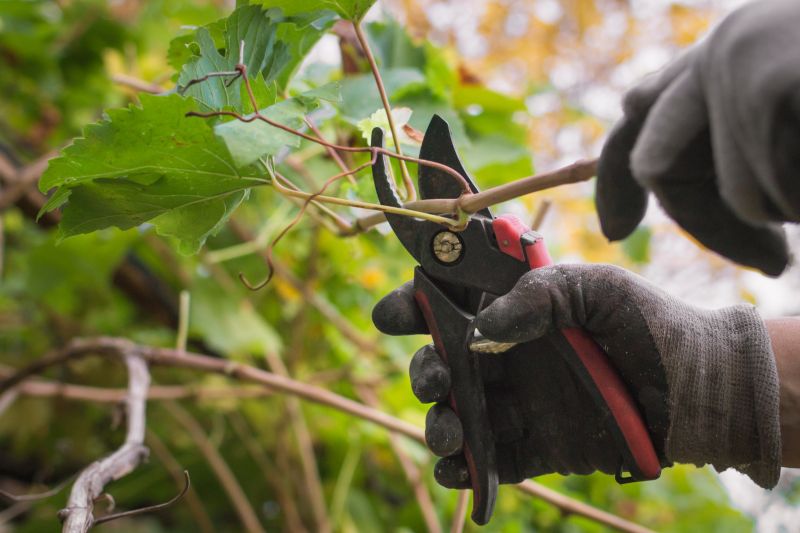
Vines are typically pruned during the cold months when they are dormant.
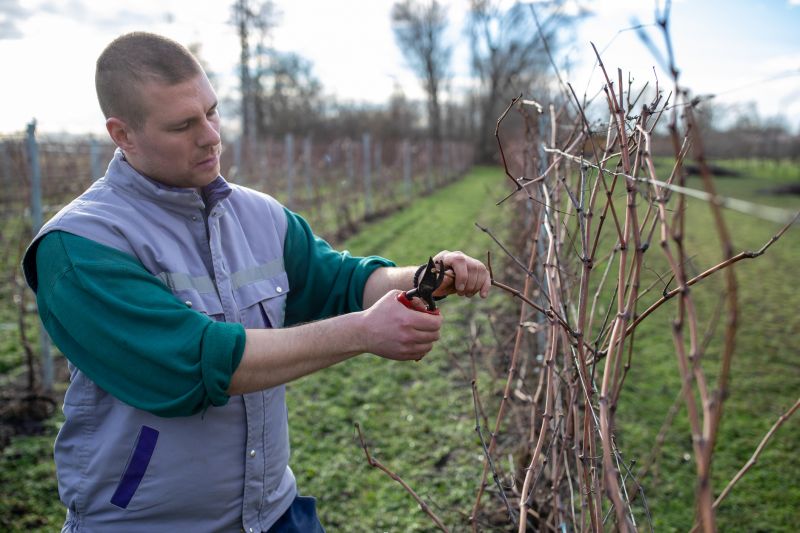
Ideal for encouraging new growth and fruit development.
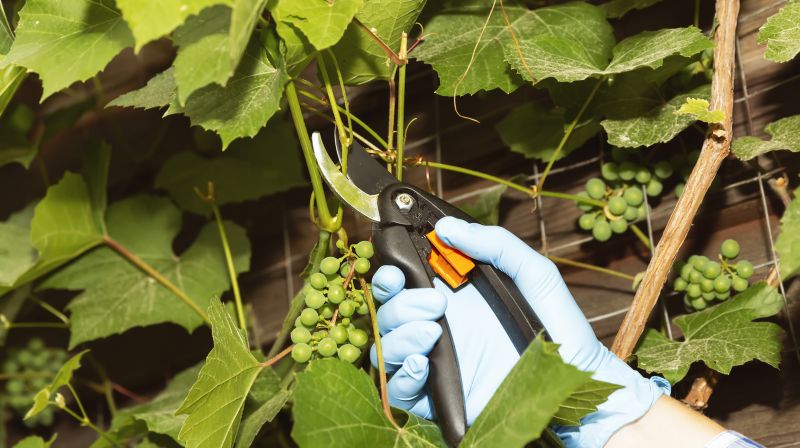
Performed before bud break to prepare vines for the growing season.
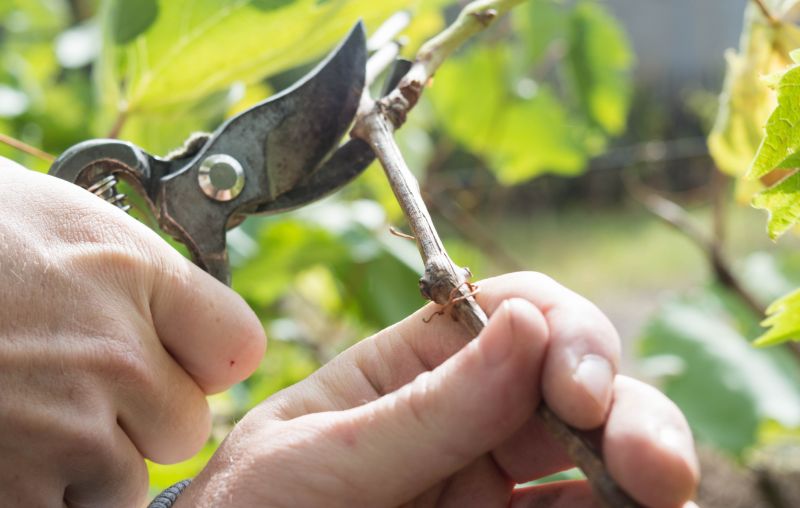
Sharp pruning shears are essential for clean cuts and vine health.
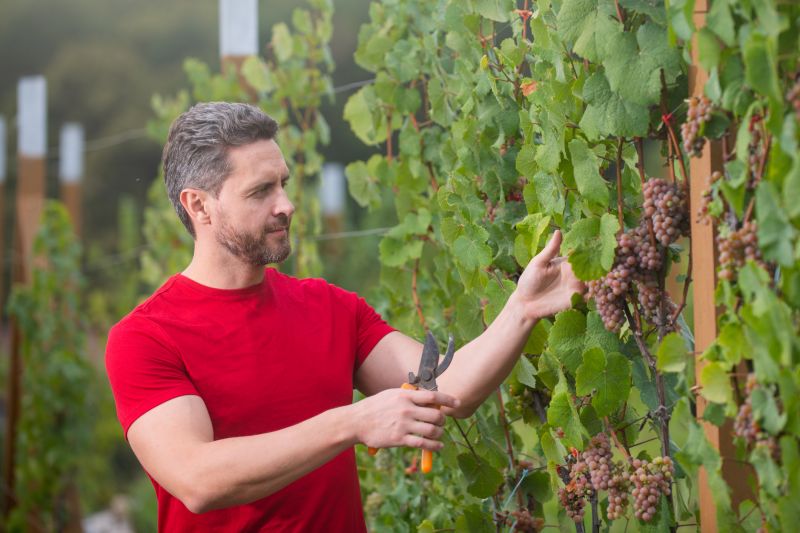
Proper pruning maintains the structure and airflow of the vine.
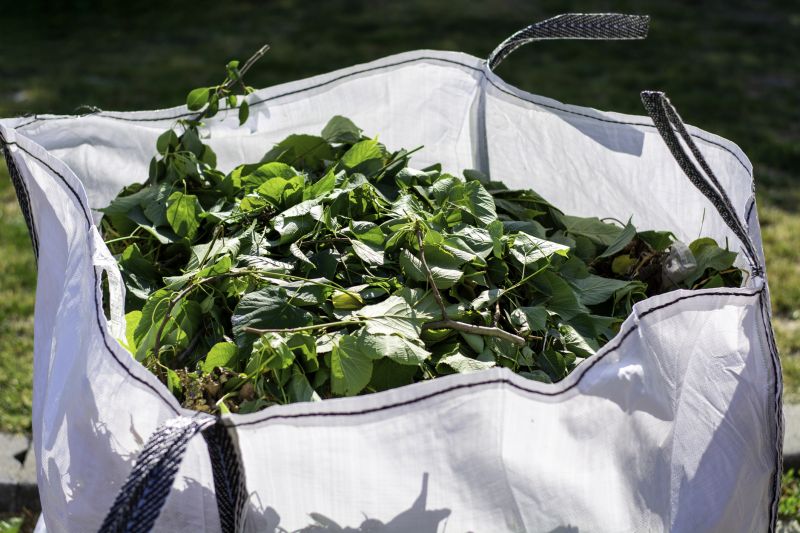
Prunings are collected and disposed of or repurposed after pruning.
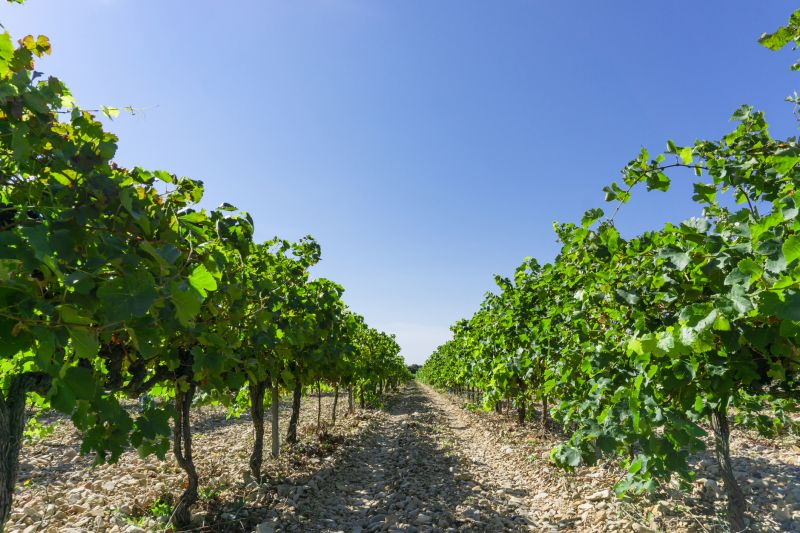
Vines in dormancy are less susceptible to damage during pruning.

Vineyard workers carefully prune to optimize future yields.
| Aspect | Details |
|---|---|
| Best Pruning Time | Late winter to early spring before bud break |
| Impact of Timing | Affects vine vigor, fruit quality, and disease resistance |
| Climate Effects | Colder regions require precise timing to prevent frost damage |
| Vine Age Consideration | Older vines may need different pruning schedules |
| Pruning Techniques | Spur and cane pruning are common during dormancy |
| Tools Needed | Sharp pruning shears and loppers |
| Pruning Waste Management | Disposal or composting of prunings |
| Regional Variations | Timing may vary based on local climate and grape variety |
Grape vine prunings play a vital role in maintaining vine health and optimizing grape production. Proper timing ensures that wounds heal effectively, reduces the risk of disease, and promotes vigorous growth. The dormant season offers the best window for pruning, allowing vineyard managers to assess vine structure and remove unproductive wood. Understanding regional climate variations and vine characteristics can help determine the precise timing for pruning activities.

Vineyard workers performing pruning during dormancy.
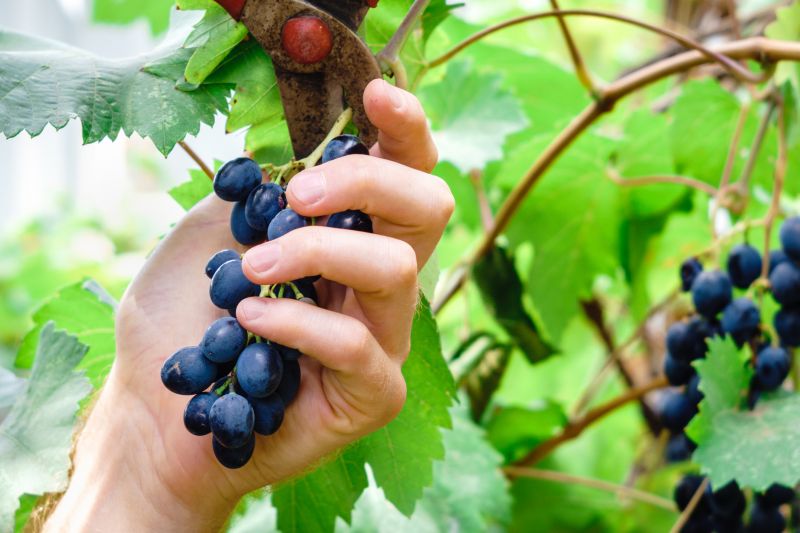
Collected prunings ready for disposal or reuse.
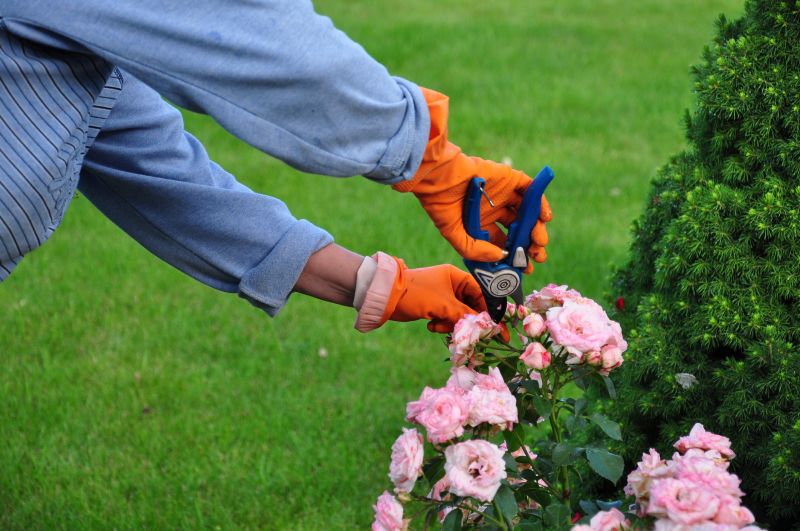
Essential tools used during the pruning process.
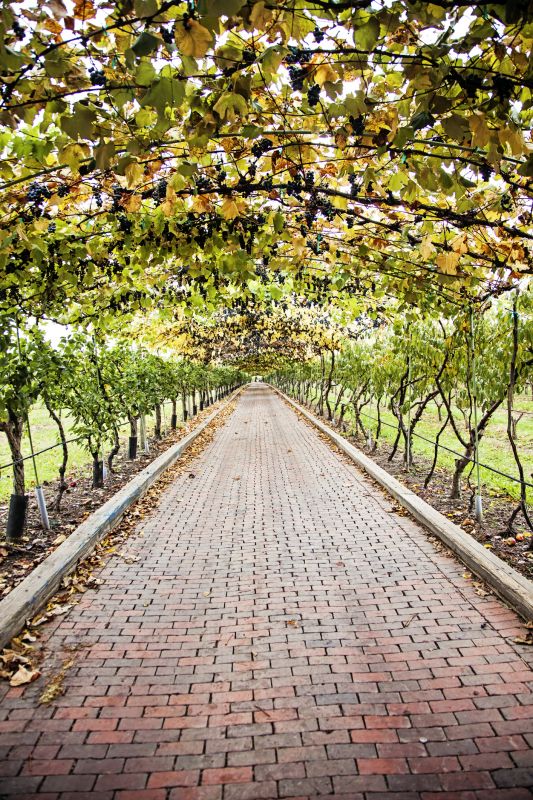
Maintaining optimal vine architecture through pruning.
Interested in learning more about grape vine prunings or scheduling pruning services? Filling out the contact form can provide additional information and assistance tailored to specific vineyard needs.



